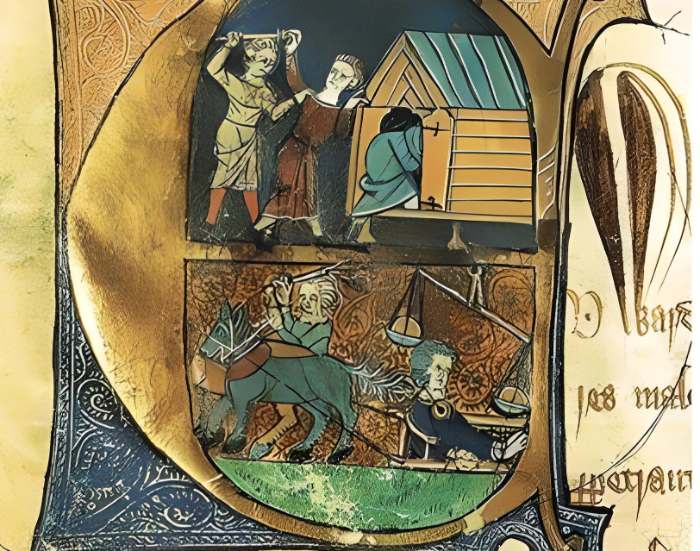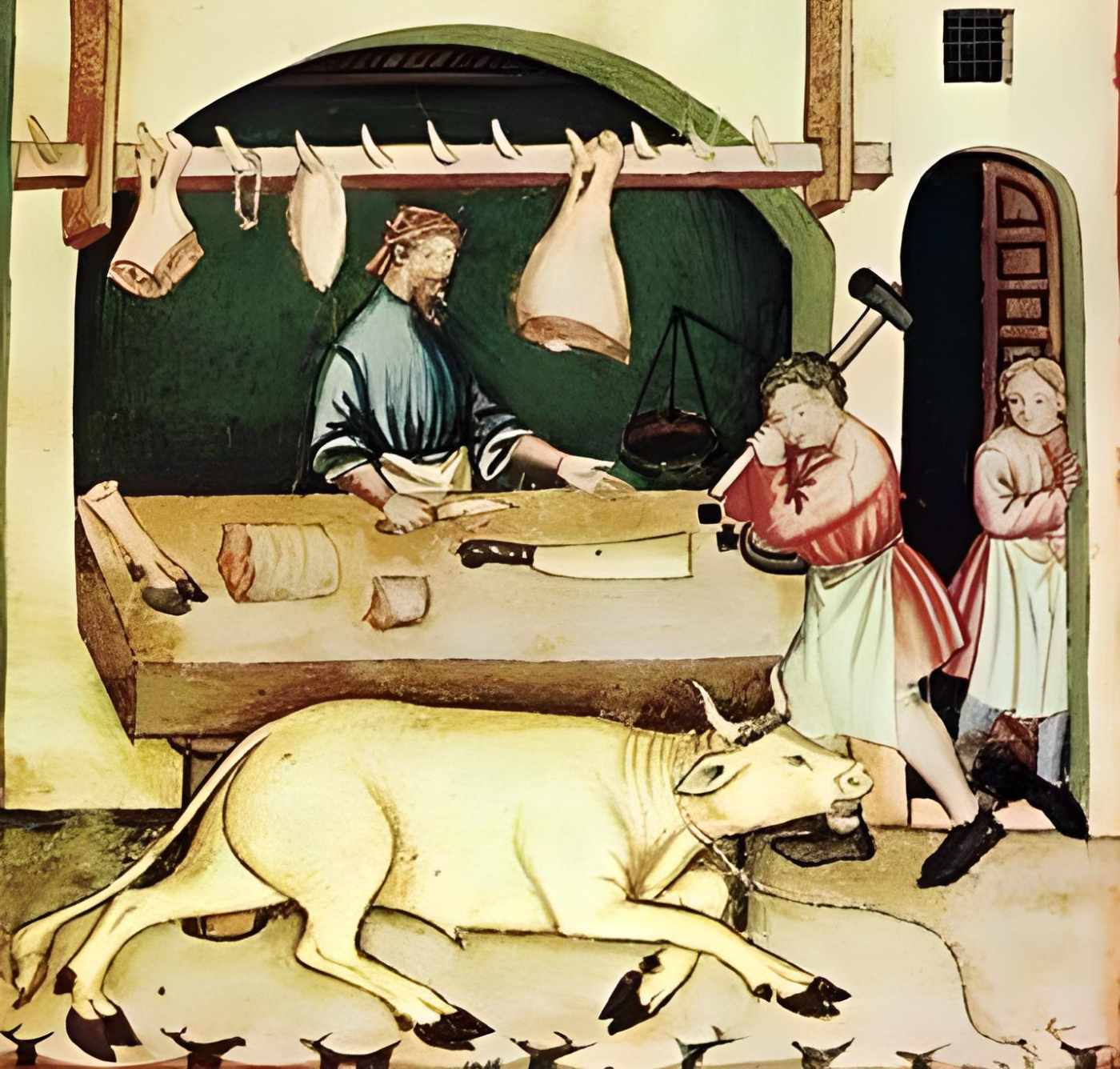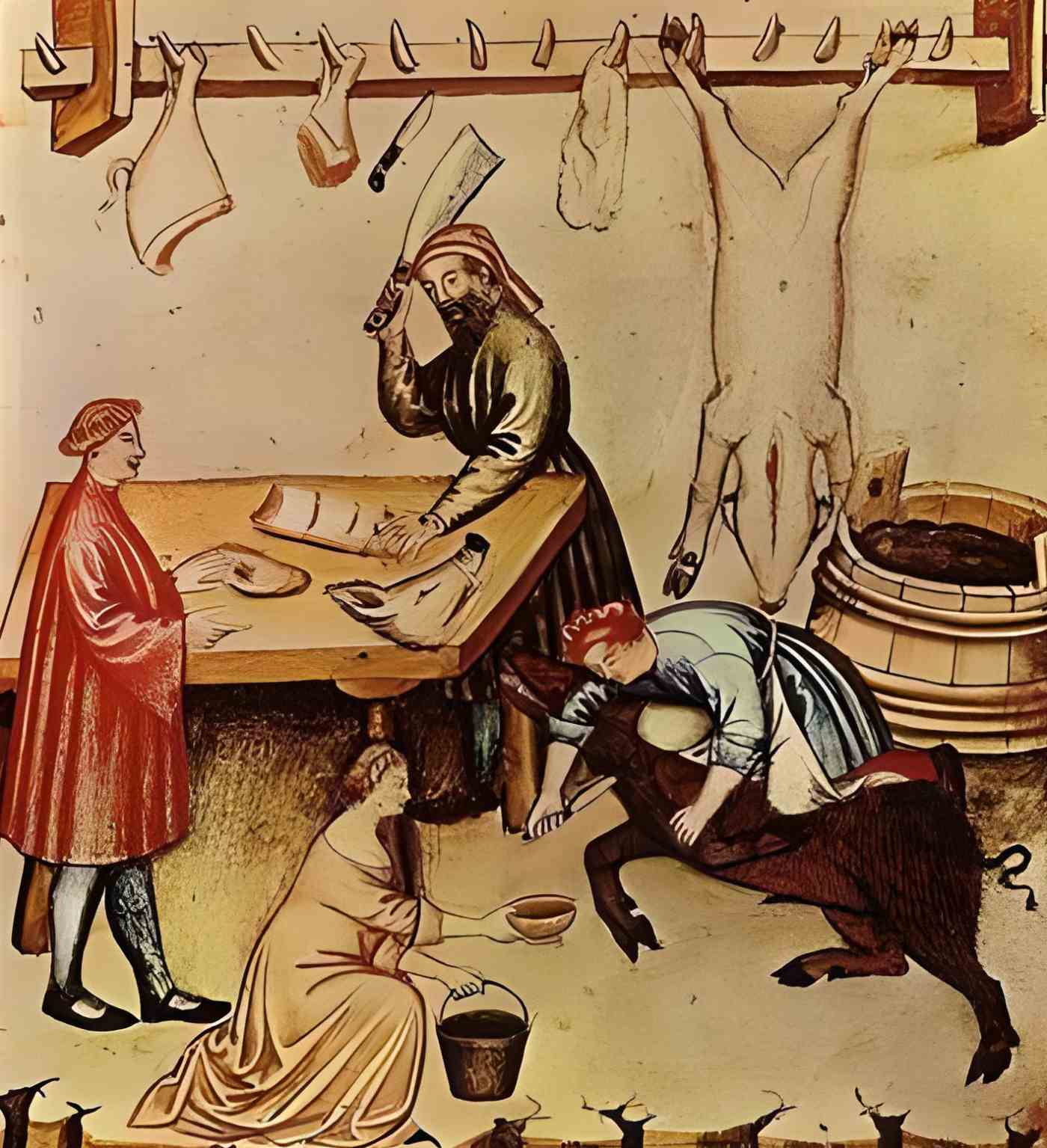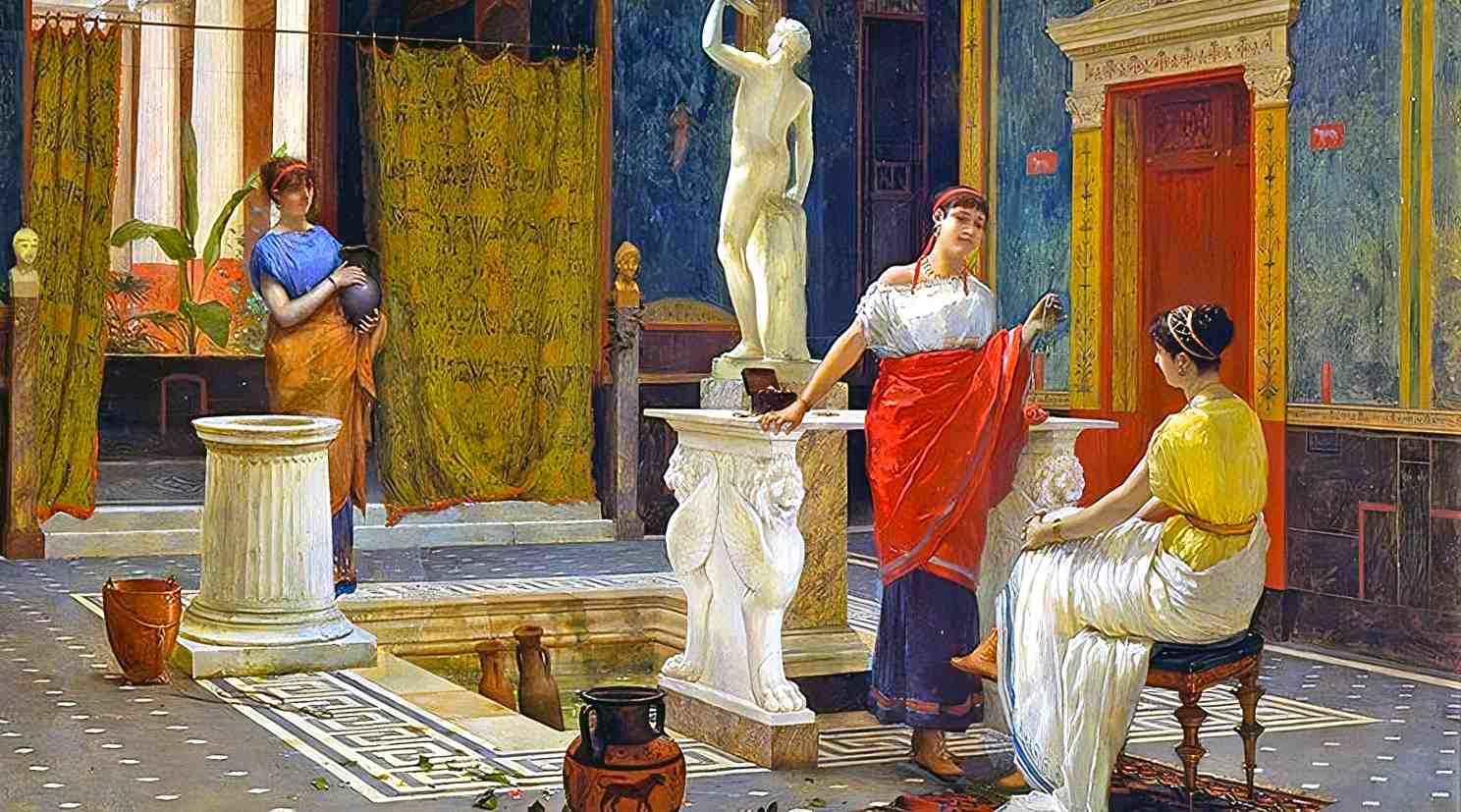Food safety rules are usually called into question in the wake of health problems in the meat sector, such as mad cow disease, hand-foot-and-mouth disease, and avian flu. Nonetheless, this kind of inquiry is not novel. In fact, the West has been monitoring and regulating food, particularly meat, since the Middle Ages due to concerns about the presence of unhealthy and corrupt meat. Media coverage of meat crises sometimes draws parallels to the “medieval” era, but what about the real hygiene standards of the actual Middle Ages?
Laws to Regulate Butchery in the Middle Ages
Avoiding the potential dangers associated with consuming meat was a top priority for the ruling classes of the medieval western world. But even though these threats were often misdiagnosed or not taken seriously in other ways, they caused a lot of worry and anxiety.

A complex and fruitful legal system was the end result of this. Lords, municipalities, and even the monarch himself, on rare occasions, issued decrees to maintain public peace and safety. Rather than being only suggestions, they were actual “laws” that had to be discussed (sometimes bitterly) and came with enforcement mechanisms like checks and balances and penalties for breaking them.
Most medieval texts on meat distribution were written between 1200 and 1500 AD.
The Charter of Mirepoix, enacted in 1303 AD, is a prime example of the kind of meat regulation that was common in the Middle Ages. The fact that it was signed in front of the city lord, notaries, law professors, city officials, and all the butchers of the city shows that King Philip IV of France knew about the legal, economic, and political issues surrounding food.
This charter was not even exceptional. Most medieval texts on meat distribution were written between 1200 and 1500 AD. In the urban centers of southern France and Italy, it was mostly the work of municipal leaders to standardize the sale of meat. Legal matters were taken up by medieval guilds in the northern hemisphere, such as the Parisian butcher’s shop, whose bylaws were enforced upon all butchers in the city.
From the 13th century forward, medieval European society placed a greater emphasis on food law, which was formed in a disjointed and ad hoc fashion by a variety of means, including conventions, ordinances, capitulations, charters, laws, etc. Sometimes, the enforcement of this legislation was harsh.
Animal Products That Were Forbidden

While Christians have not been bound by the dietary taboos that Jews and Muslims observe, there are still times when it’s best to steer clear of animal products for the sake of public health. People in the Middle Ages often consulted Greek and Roman historians like Hippocrates and Galen to help them figure this out.
In the Middle Ages, animals were the target of two legal restrictions. The first involved goats, which had more to do with making dairy products than anything else. Goat meat was devalued in the cities because, according to Hippocrates, it was thought to spread illnesses like fever and cholera. Despite health concerns, the selling of kids (baby goats) was sometimes allowed. And this was justified by the prevailing desire for its flavor.
Horse meat was the second kind of meat that was never allowed in the Middle Ages. The Church viewed its consumption as a primitive and paganic act, but the common man saw the animal as a work buddy helping to plow the fields or even as a confidant. Therefore, the practice of eating horse meat gained a bad reputation during the era.
So, butchers could sell sheep, cattle, and pork meat from their shops as long as the meat was “excellent, useful, and not sick,” according to Middle Ages meat consumption charters.
Since medical advancement was so slow during this period, any and all prohibitions could be instituted at the first sign of a disease. Disease transmission from animals to humans was a major issue for medieval man when it came to the safety of food sources. People went to great lengths to prevent illnesses like leprosy (from Leptospira bacteria).
Medieval Practices for Slaughter and salS
The slaughtering of animals was subject to some of the most stringent hygienic regulations in the Middle Ages with regard to meat. Among the various regulations, one that stands out is the requirement that animals enter the city on foot and go through sanitary control before being butchered.
As early as 1450, butchers in the Italian city of Verona were compelled to kill animals in their shops, albeit they were typically not permitted to do so in their homes and had to instead utilize public slaughterhouses. The administration further worked on improving the regulation by creating a physical barrier between the slaughterhouse and the market. The animals had to get to these places on their own, which gave the buyer confidence that they were in good health.
Each animal was charged as it entered the city, with the tax system providing additional financial support for sanitary regulations. The animals were then given a thorough internal and external checkup to make sure they were healthy before being put to death. After that, butchers could still slaughter animals and sell them, but they had to follow more rules.
The sale of any perishable item required special attention, and the meat was no exception. Due to the impossibility of storing goods and the rigidity of sales windows, butchers operated on a just-in-time, demand-driven model. These deadlines were often two or three days, or at the very latest, a day and a half, after the animal was slaughtered.
Butchers were allowed to store freshly slaughtered meat for two days in the winter and one and a half days in the summer. Moreover, beef was not the only product that was subject to tight standards at the moment of sale; bread, milk, fish, and shellfish were all subject to similar rules. It was against the law for pork butchers and sausage makers to sell cooked meat. This was done to stop the sale of leftovers and the spread of disease.
After Everything is Said and Done
So, is it fair to compare any contemporary meat scandals to the butchery standards of the Middle Ages? The laws regarding the sale and consumption of meat in the Middle Ages were impressive, but there could be a significant discrepancy between theory and practice, leaving historians to wonder whether these standards were ever really respected by the medieval butchers. But the reality is that maintaining hygienic standards seems to have been a priority for medieval civilization, a concern that echoes the persistent fiction of a meat-related phobia in contemporary culture.






